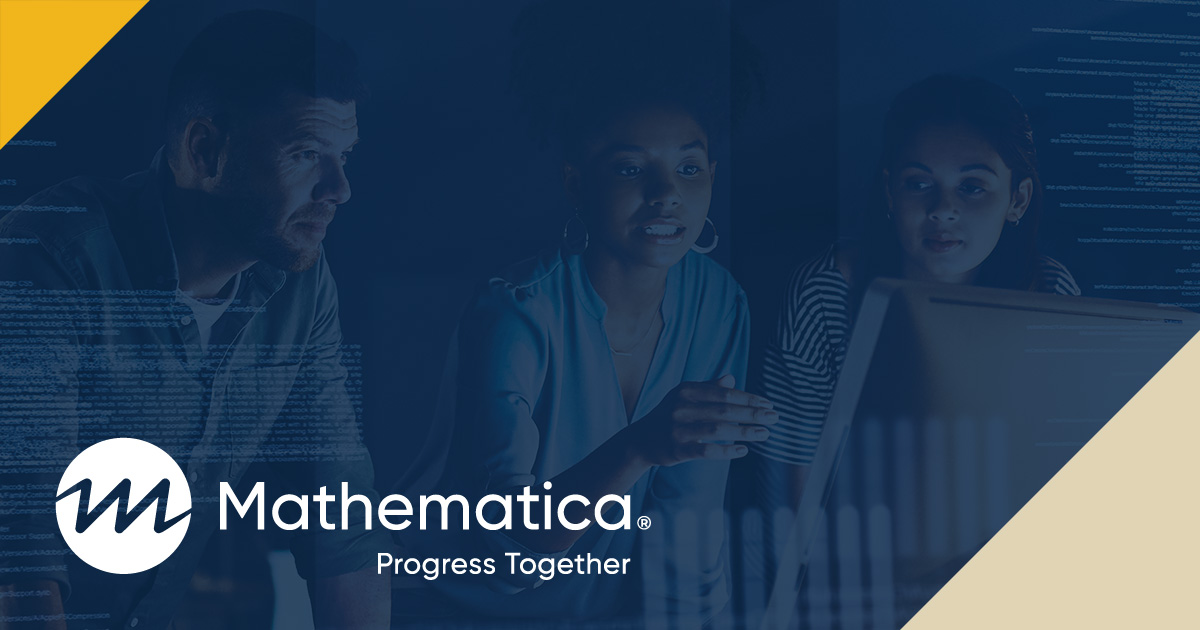Partnering to Reach and Support Families with the Greatest Needs
Download
Associated Project
Head Start REACH: Strengthening Outreach, Recruitment and Engagement Approaches with Families
Prepared for:
U.S. Department of Health and Human Services, Administration for Children and Families, Office of Planning, Research, and Evaluation
Clients

Key Findings
- Partner organizations, which offer varied services and support a variety of populations, are valuable to families and Head Start programs alike.
- Partners support Head Start program recruitment in a variety of ways, including sharing information about the program with prospective families, making referrals, helping with the application process, conducting followups with families and programs, and helping programs recruit families experiencing adversities.
- Partners support the enrollment process mainly by providing documentation support.
- Partners support families’ attendance and retention by helping programs contact families with chronic absences and identify the reasons for them, and by providing direct supports to families to ensure they attend and remain in the program.
The Head Start REACH project is examining the ERSEA approaches that programs for infants and toddlers (Early Head Start) and preschool-age children (Head Start) use to engage Head Start–eligible families experiencing adversities. This brief summarizes findings from the Head Start REACH case studies to illustrate how programs partner with their community organizations to reach and support eligible families, including those experiencing adversities.
Efficiency Meets Impact.
That's Progress Together.
To solve their most pressing challenges, organizations turn to Mathematica for deeply integrated expertise. We bring together subject matter and policy experts, data scientists, methodologists, and technologists who work across topics and sectors to help our partners design, improve, and scale evidence-based solutions.
Work With Us
